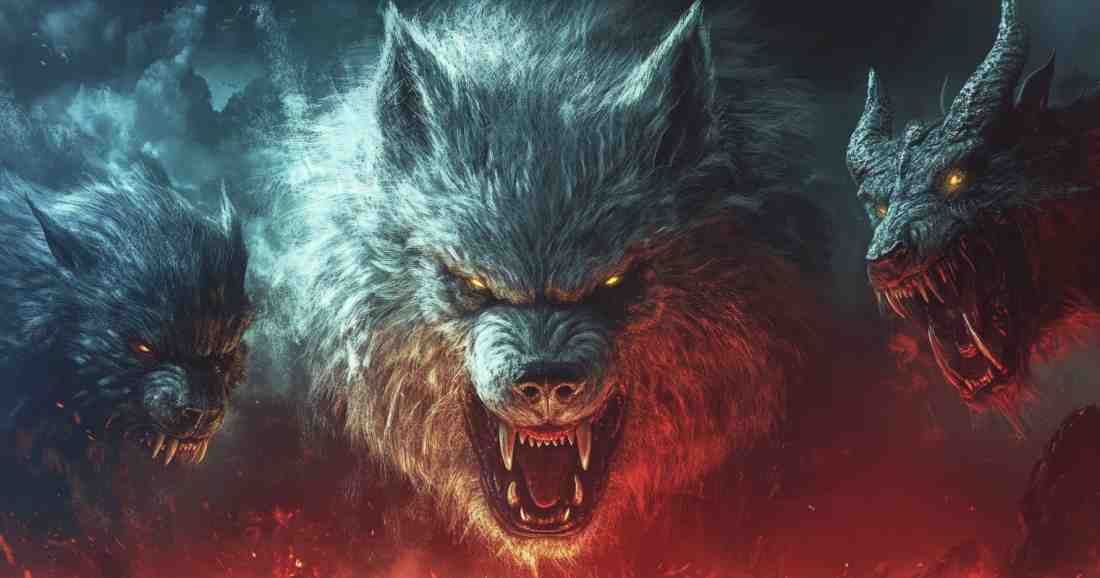
Somewhere between shadow and survival, the What Beast Are You Quiz taps into the primal blueprint we each carry beneath logic and civility. This isn’t just a game of animal comparisons it’s an exploration of symbolic selfhood, ancient archetypes, and the metaphysical question of what lives just below our human mask. For centuries, cultures have assigned beasts to souls, from the Norse fylgja to the Chinese zodiac, asking not what you look like, but what you *are* when you’re not performing civilization.
In mythology and psychology alike, beasts aren’t simply wild creatures they’re mirrors for power, fear, and desire. The lion might roar with visible authority, while the serpent coils in quiet calculation. The raven flies above time; the wolf mourns and leads. The What Beast Are You Quiz draws from these archetypes to reveal the hidden animal inside you, one shaped not by biology, but by energy, decision-making, and inner rhythm. It’s not about your favorite animal. It’s about the metaphor you embody when the surface falls away. When you’re done exploring this topic make sure to visit What Animal Is Your Fursona Quiz for a zany twist. You’ll marveling as you compare your results and maybe see how zany life can be. Then saunter over to Which Reindeer Are You Quiz to add another twist to your day.
This blog explores the roots of beast symbolism, how it maps onto metaphysical identity, and why certain patterns appear again and again in ancient stories and modern personality systems. Whether you’re drawn to flight, fire, or solitude, the beast beneath the surface offers more than traits it offers truth.
The Archetype Beneath the Skin
The What Beast Are You Quiz is built on more than animal traits it draws from the deep-rooted concept of archetypes, which psychologist Carl Jung described as universal patterns embedded in the human psyche. Across continents and millennia, similar creatures appear in lore and legend: dragons as symbols of power and chaos, foxes as tricksters, bears as protectors of the threshold. These beasts persist because they tap into shared psychological realities that transcend culture or language.
Each archetype represents a way of moving through the world a set of instincts, strengths, and blind spots. The owl doesn’t just symbolize wisdom; it signals a mind that prefers distance, observation, and timing. The tiger doesn’t just symbolize power; it reflects silent momentum and explosive release. When you take this quiz, you’re not identifying with a creature randomly. You’re surfacing a mode of being that’s been mythologized because it keeps showing up in us.
Understanding your archetype means more than naming an animal. It means tracking the symbolic role you tend to play: the challenger, the seer, the guide, the loner, the firestarter. The beast is a lens for deciphering your presence what you amplify in a room, what you draw toward yourself, what you repel. The quiz offers this reflection, not as a gimmick, but as a gateway to deeper self-knowledge.
Instinct, Energy, and the Metaphysics of Type
Think of metaphysical type as your energetic fingerprint. Do you move with precision like a panther, or do you scatter light like a hummingbird? Are you a lone prowler or a herd protector? These questions bypass personality quizzes that reduce people to social categories. The beast quiz doesn’t ask how you behave at parties. It looks deeper at how you regenerate, how you defend, how you watch, and how you strike. These are animal truths carried by human bodies.
By recognizing your type, you also learn its shadows. The cunning of the fox can become manipulation. The wisdom of the owl can become coldness. The strength of the bull can become stubbornness. Archetypes contain polarity you must learn both sides to embody yours with clarity. This is what separates metaphysical quizzes from novelty ones: they reveal tension, not just traits.
Beasts in Culture, Dreams, and Myth
Throughout history, people have turned to animals in dreams and visions to explain what their conscious minds couldn’t grasp. In Indigenous cultures, spirit animals guide and warn. In alchemy, animals symbolize stages of spiritual transformation from the black crow of decomposition to the white unicorn of enlightenment. The What Beast Are You Quiz stands in this tradition, not as folklore, but as a way of surfacing subconscious patterns through accessible language.
Popular culture continues this lineage, albeit with less mystery. From Patronus animals in Harry Potter to Daemon familiars in *His Dark Materials*, the beast-as-self trope resonates because it speaks to a truth modern language struggles to contain. The quiz is not about taming that truth — it’s about letting it walk beside you, visible and named.
Conclusion: You Are Not Random
The What Beast Are You Quiz doesn’t hand you a gimmick. It gives you a pattern. The creature it reveals isn’t random it’s a symbol drawn from thousands of years of storytelling, instinct, and metaphysical insight. In knowing your beast, you’re not escaping your humanity. You’re completing it. You’re naming the part of you that doesn’t explain itself it acts, feels, warns, and protects.
Our culture often tries to flatten identity into jobs, trends, and roles. But deep down, something older always resists. Something that paces beneath the surface, waiting to be recognized. When you find your beast, you find a metaphor powerful enough to carry you in silence, in struggle, in power, and in motion. You don’t need to “be more like” anything. You already are. The quiz simply shows you what shape you’ve always carried in your bones.
So take the quiz. Not just to name an animal, but to speak a truth. Because the beast isn’t coming it’s been there the whole time.
